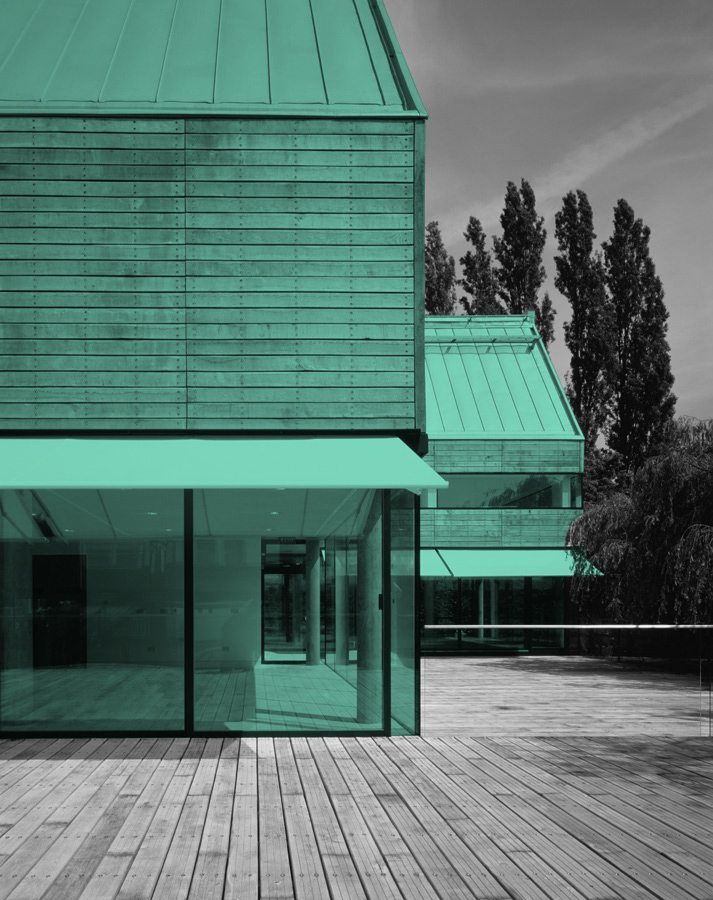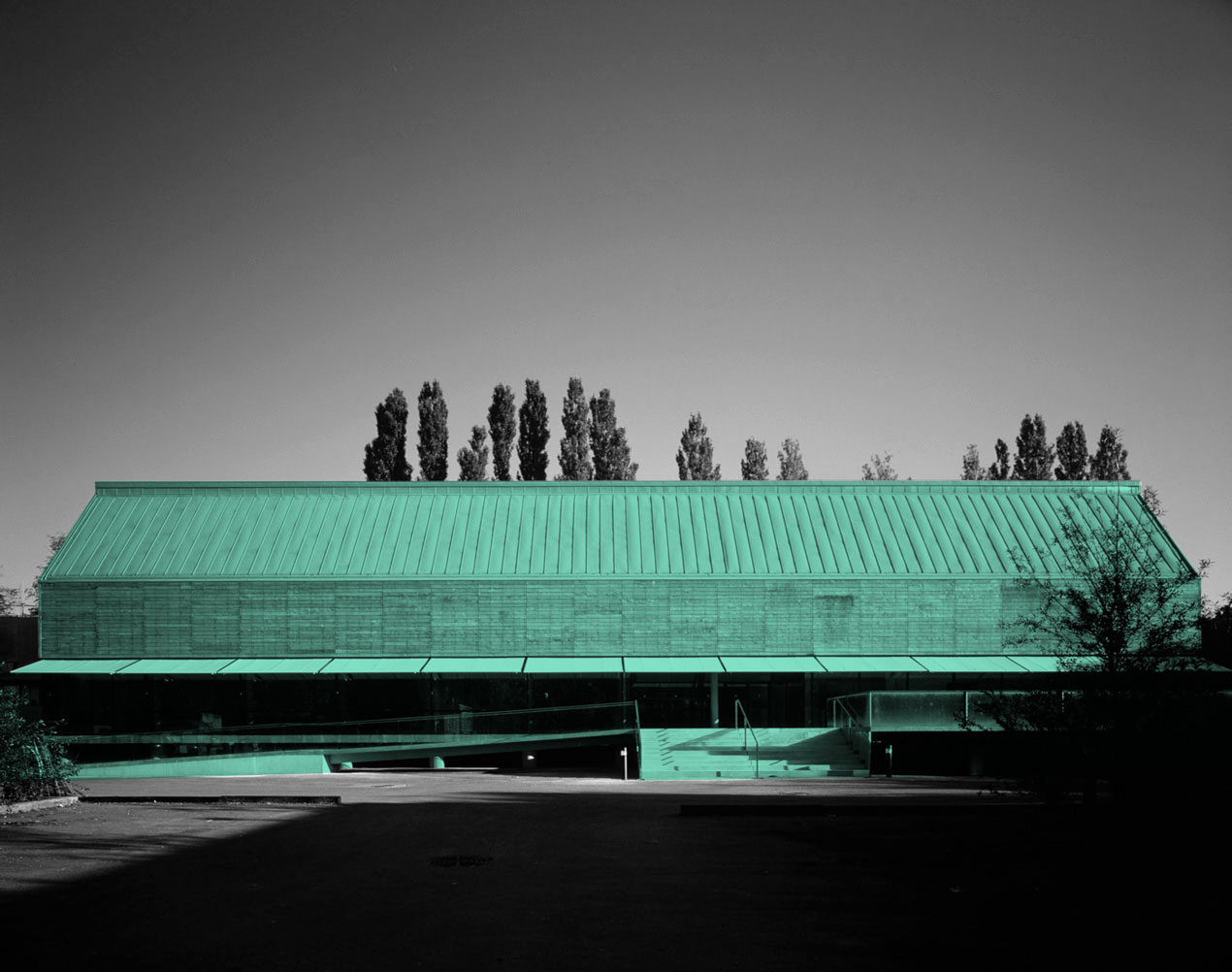INTERIOR
Familiarity and Estrangement #David Chipperfield

There is a combination between abstraction and figurativity in the work of David Chipperfield that makes it special. Chipperfield’s interest in the capacity for communication of architecture has nothing to do with the frivolous use of historical ornaments, but with the consideration of the tradition as a shared language that allows the understanding of an object by its user.
My interest in what can be called, if required, history or memory or tradition, has only the aim of allowing people to enter the object of the project, as opposite to leaving them out.Sir David Chipperfield, 2010.
David Chipperfield’s architecture has used archetypes since the River and Rowing Museum in 1989. Its outline recalls the local sheds, but the treatment of the details refuses these immediate models and brings a feeling of estrangement from an object that should seem familiar, but is essentially “balanced on the thin line between familiar and unfamiliar”.
Chipperfield bases his domestic architecture on the “rituals of everyday life” so that architecture and furniture would be a frame for them. They are not the main focus but they still have their own distinctive character. His house at Portland Place uses a sequence of vitrines to divide the space and harmonise the rooms. These vitrines are as abstract, structural and architectonical as Sol LeWitt’s scuptures, but they contain an entire universe made by the personal belongings of the inhabitants. They colonise the house according to the Eamesian “choosing and arranging” strategy filtered by the discipline and rigueur that characterise the work of David Chipperfield.


